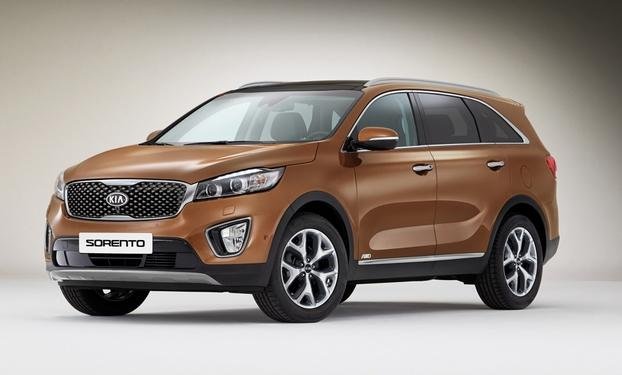Kia Bets on Diesel Demand for Sorento

The Sorento comes with a four-cylinder, 200-hp 2.2-liter turbocharged diesel. Kia says the Sorento is a “significant step forward for the brand” because of its upgraded choice of materials, fit and finish and technology. The SUV has had more quality and durability tests than any Kia model to date and is the first new model to undergo testing and verification at Kia’s new global quality center in Korea.
The third-generation Sorento is 100mm longer than the outgoing model with a wheelbase that is 80mm longer, which means it is roomier inside. Kia aims to boost Sorento sales to private buyers as about 60 percent of current Sorento sales in Europe are to business customers. Kia says the new Sorento is better equipped, more refined and more stylish than the current model, which will broaden its appeal.
The Sorento is Kia’s second-least popular model in Europe after the Optima sedan. Kia sold just 9,379 units of the Sorento last year, according to figures from JATO Dynamics.
Fast facts
Future powertrains: Kia may sell the Sorento with a gasoline engine in Russia where diesels are unpopular. The Sorento will not get a plug-in hybrid powertrain until the next generation arrives.
Technology: Appearing on a European-specification Kia for the first time are safety systems such as adaptive cruise control to maintain a gap with the vehicle ahead and cross traffic alert to prevent the driver from backing out of a parking space into the path of an approaching vehicle.
Target buyers: Customers seeking a large SUV with premium characteristics but who do not want to pay premium prices.
What's good: The Sorento offers versatility with an optional third row of seats and a large loading capacity at 660 liters, which can be increased to 1,782 liters by folding down the rear seats.
The basics
Launch date: March (Europe)
Base price: 34,990 euros (Germany)
Where built: Hwasung, Korea
Lowest CO2 emissions: 149g/km
Main rivals: VW Touareg, Hyundai Sante Fe, Nissan X-Trail


